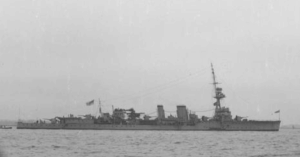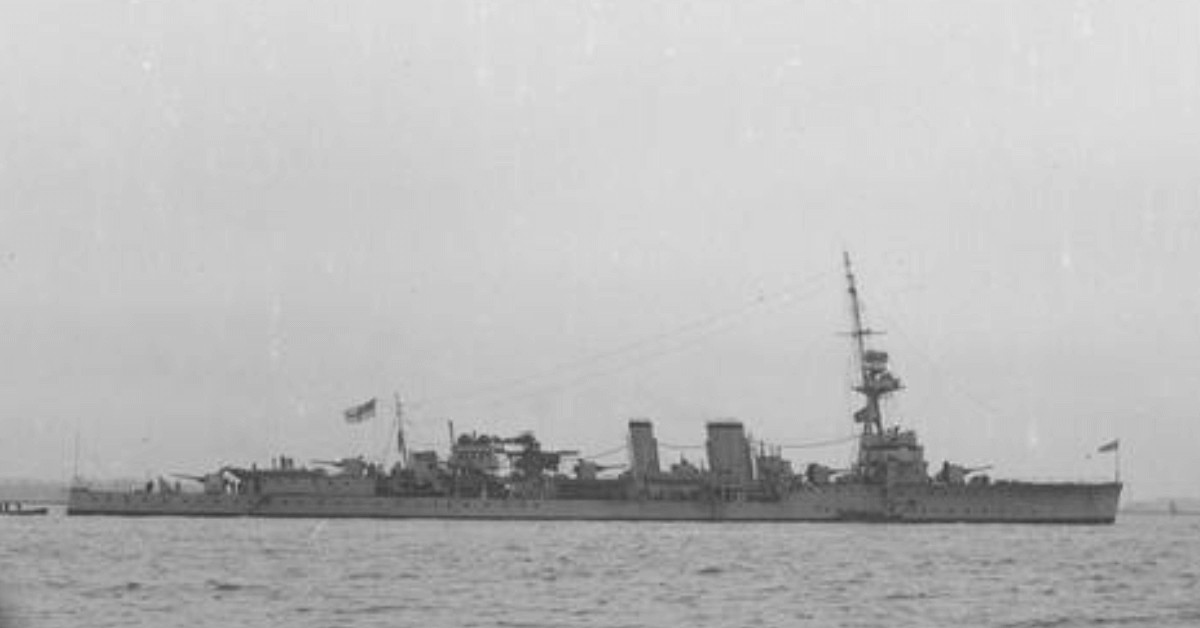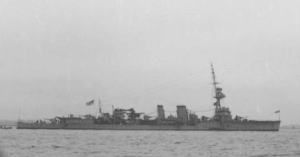
META CEO’s $300 Million Mega Yacht Spotted Along The Corinthian Gulf Coast
June 14, 2025
USCG’s Newest Polar Icebreaker ‘Storis’ Begins First Arctic Mission
June 14, 2025

A team of marine experts is preparing to carry out an in-depth survey of a British World War I warship lying underwater in the Baltic Sea. The wreck, HMS Cassandra, sank in December 1918 after hitting a naval mine and now lies just 20 meters deep off the coast of Estonia’s Saaremaa Island.
This effort is led by the United Kingdom’s Ministry of Defence Salvage and Marine Operations (SALMO) in partnership with the Waves Group. The team plans to examine the wreck in detail, aiming to develop a strategy to deal with similar wartime shipwrecks that pose serious environmental threats.
The survey is a response to a global call for action by Project Tangaroa—an international initiative coordinated by Lloyd’s Register Foundation, The Ocean Foundation, and Waves Group. The group made its appeal during the Third UN Ocean Conference held in Nice, France, urging governments to address the risk of pollution from thousands of sunken vessels dating back to World War I and World War II.
It is estimated that more than 8,500 wrecks across oceans and seas could be potential sources of pollution. These ships are believed to hold dangerous materials such as chemical pollutants, unexploded munitions, and between 2.5 to 20 million tonnes of oil. Most of them have been lying underwater for over 80 to 110 years, and many are now showing signs of instability due to rust, breakdown of their structures, and changing ocean conditions caused by climate change.
According to experts, the threat from these wrecks is growing with time. Without early and organised action, the cost of cleaning up the pollution could go as high as $340 billion. There are also fears of widespread environmental destruction, serious harm to marine life, and devastating effects on ocean-based industries and coastal communities.
HMS Cassandra is seen as an important starting point in the effort to reduce these risks. The ship was commissioned into the Royal Navy in June 1917 and took part in combat operations during World War I. After the war ended, Cassandra was sent to the Baltic region as part of a British force supporting the independence of newly formed nations like Latvia and Estonia during the Russian Civil War.
On December 5, 1918, while sailing toward Tallinn, Estonia, the ship hit a mine near Saaremaa Island and sank quickly. Out of the 400 crew members, 11 lost their lives. The wreck of Cassandra is located close to the wrecks of two other Royal Navy vessels, HMS Myrtle and HMS Gentian. Both were minesweepers and were sunk on July 15, 1919, after also striking mines in the same area.
The wreck of Cassandra was discovered in August 2010 by the Estonian Navy in collaboration with the Estonian Maritime Museum. A preliminary survey was later conducted in 2021 by the Royal Navy ship HMS Echo. That operation captured images showing Cassandra resting on its starboard side, with around 20 meters of its bow section missing.
Now, a more detailed investigation is being planned to understand the current state of the wreck and its potential to release pollutants into the sea. The results are expected to help in forming a framework for identifying and managing other sunken warships that pose similar threats.
SALMO has been actively involved in Project Tangaroa from the very beginning and is already managing an inventory of over 5,000 wrecks globally. The team believes that the HMS Cassandra survey could be a turning point in the global effort to address the dangers lying silently on the ocean floor.
Reference: archyde
Source: Maritime Shipping News


